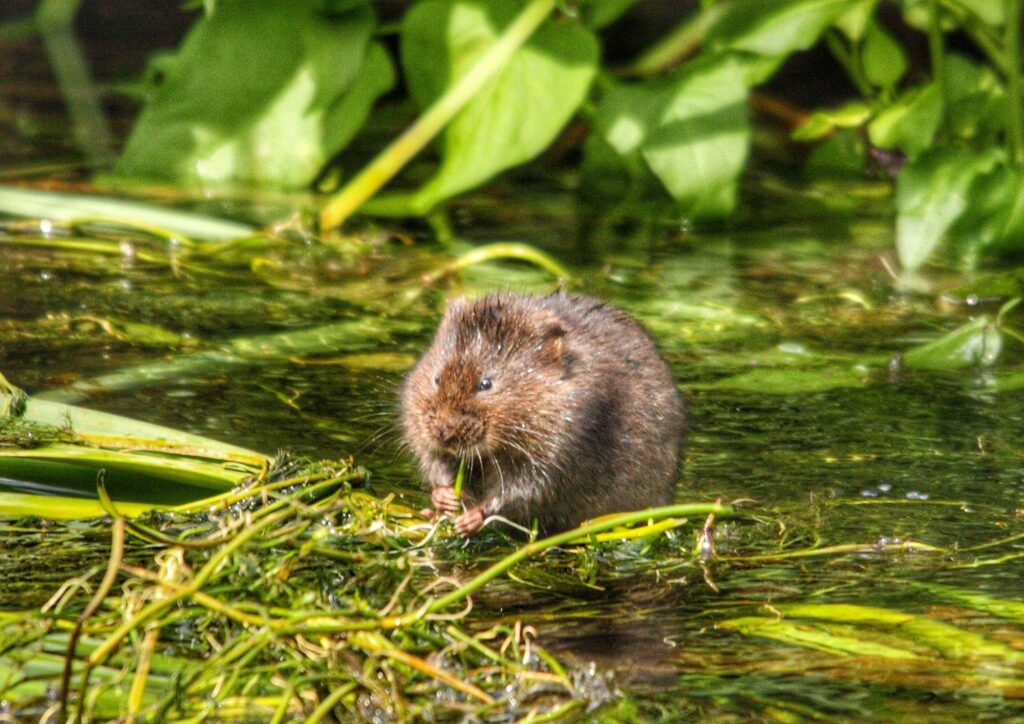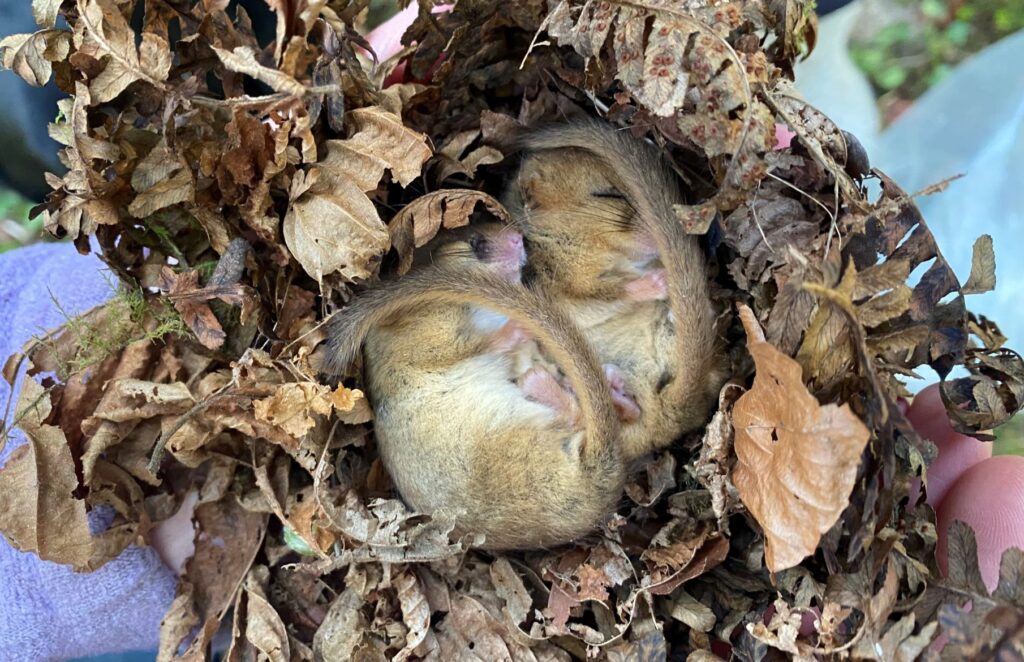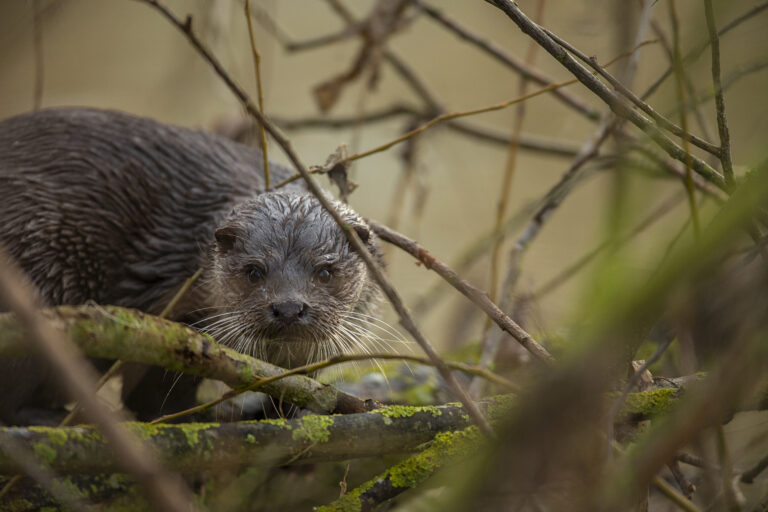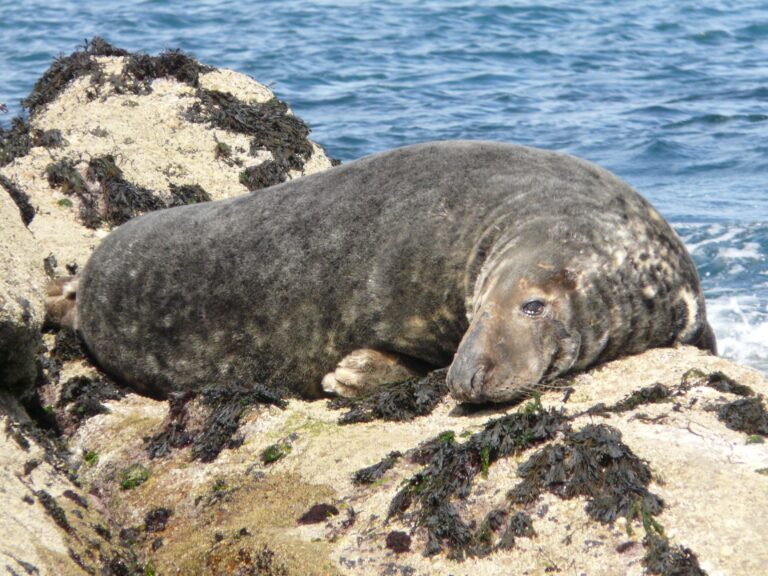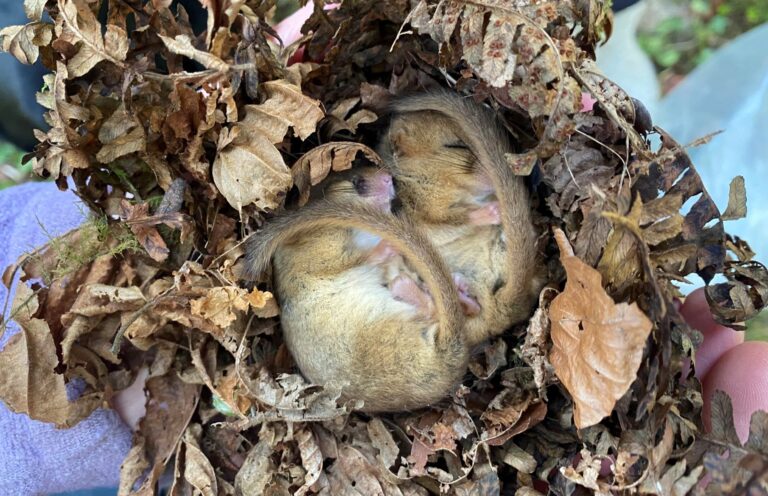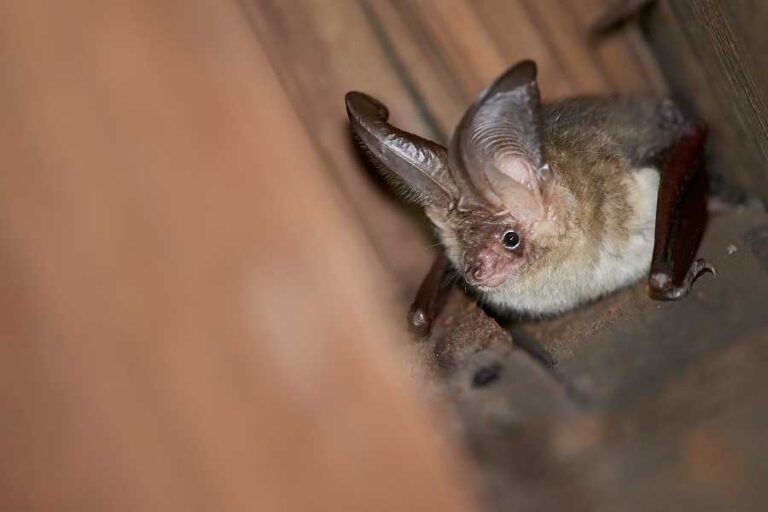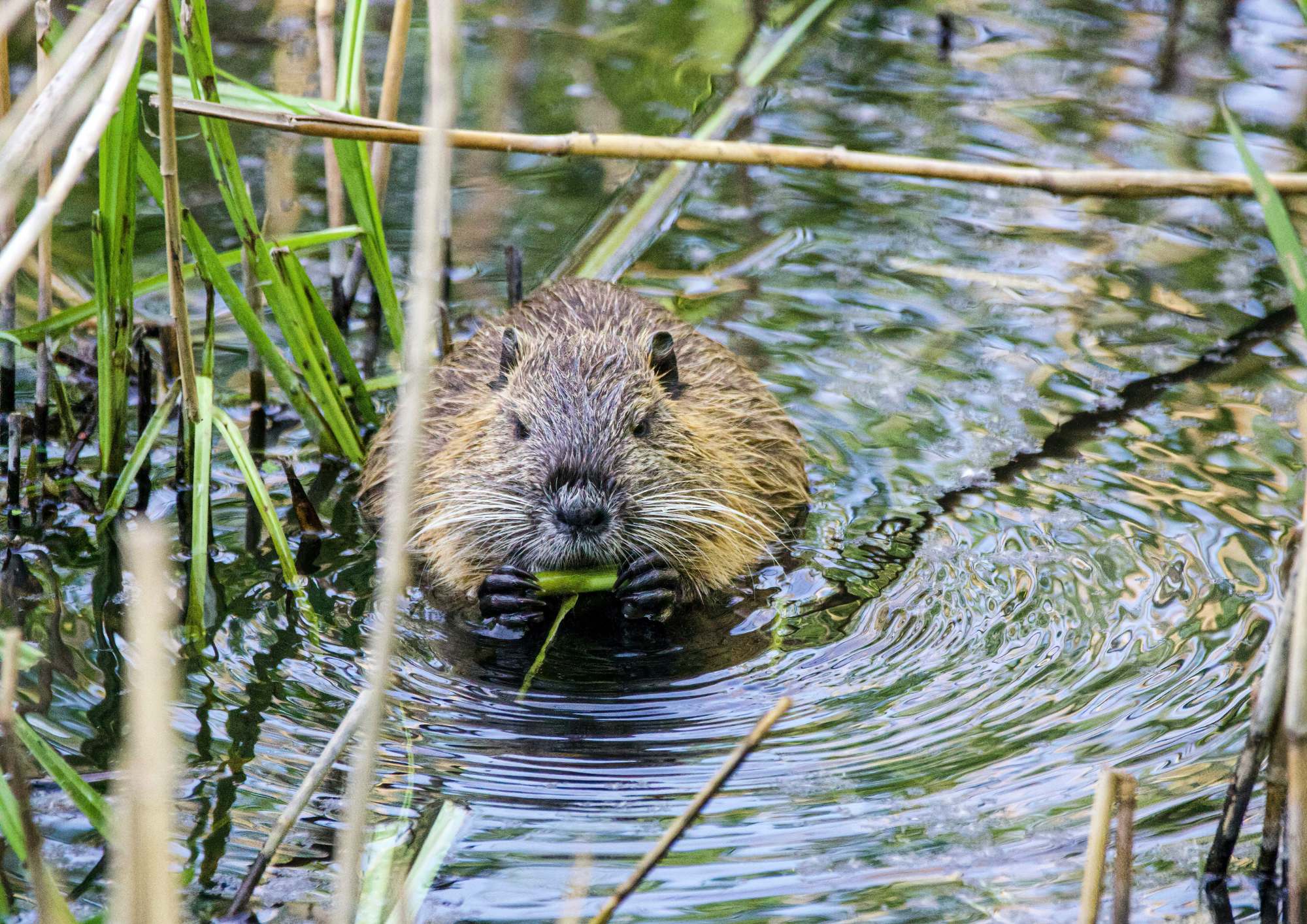Devon has supports 24 of the UK’s 28 native terrestrial mammals, both UK seals and 16 of the 17 UK breeding bat species. We also have both UK breeds of feral horse (Dartmoor and Exmoor ponies) and a herd of feral goats.
Mammals are a critical part of the food chain with small mammals such as voles and mice being a vital food source for predators such as barn owls, foxes, and pine martens. Small mammals and bats are good indicators of a healthy environment.
Devon is a stronghold for otters, hazel dormice, greater horseshoe bats, lesser horseshoe bats, and grey long-eared bats; while whales, dolphins, and grey seals are frequently seen in our coastal waters. England’s first wild beaver re-introduction project was carried out on the River Otter and they are now spreading across the county. In 2024 pine martens were re-introduced to Dartmoor where they are now living wild on Dartmoor for the first time in 150 years. Water voles are also being re-introduced across the county.
Follow the link below for more details on Devon’s mammals and those identified as Devon Special SpeciesDevon Species of Conservation Concern which have been 'shortlisted' as needing particular action or attention (rather than being iconic species). More.
The huge issues caused by some of Devon’s non-native mammals such as grey squirrels and mink are discussed on the Invasive species page.

